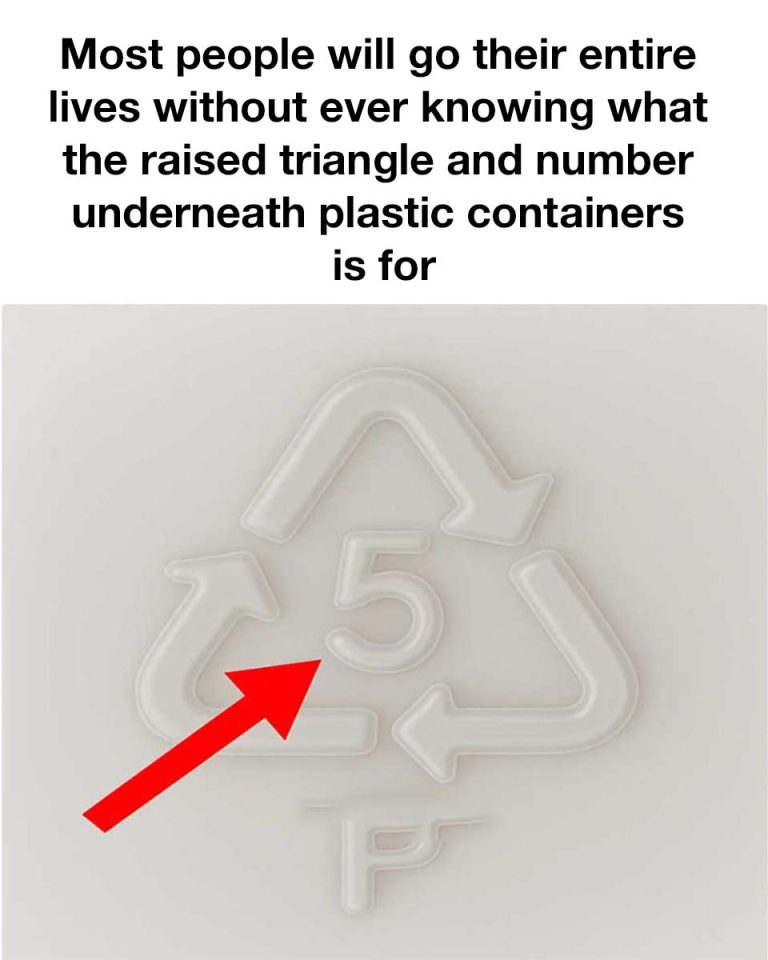ADVERTISEMENT
The Hidden Meaning Behind Plastic Container Numbers: What That Triangle Really Tells You

Number 4 (LDPE): Low-Density Polyethylene is used in plastic bags, squeeze bottles, and flexible container lids. While generally safe, these items are often not accepted in curbside recycling programs but can be recycled at special collection points.
Number 5 (PP): Polypropylene appears in yogurt containers, bottle caps, and microwave-safe containers. This plastic is considered safe and is increasingly accepted in recycling programs due to growing demand for recycled polypropylene.
The Controversial Numbers
Number 6 (PS): Polystyrene, commonly known as Styrofoam, is used in disposable cups, takeout containers, and packing materials. This plastic can leach styrene, a potential carcinogen, especially when heated. It’s rarely recyclable through municipal programs.
Number 7 (Other): This catch-all category includes various plastics, including polycarbonate, which may contain BPA (Bisphenol A). Some number 7 plastics are newer, safer alternatives, while others may pose health risks. This category requires the most caution and research.
Health and Safety Implications
The number inside the triangle can directly impact your health, particularly when containers are used for food storage or heated. Plastics numbered 3, 6, and 7 are generally considered higher risk for chemical leaching, especially when exposed to heat, acidic foods, or repeated use. Numbers 1, 2, 4, and 5 are generally regarded as safer options for food contact.
Making Informed Choices
Understanding these codes helps consumers make better purchasing decisions, choose appropriate containers for food storage, and ensure proper recycling. When possible, opt for glass or stainless steel containers for food storage, especially for acidic or hot foods. When using plastic, choose containers with numbers 1, 2, 4, or 5, and avoid heating plastic containers in microwaves or dishwashers unless specifically labeled as microwave-safe.
This small triangle with its number is more than just a recycling symbol—it’s a health and environmental guide hiding in plain sight on every plastic container you use.
ADVERTISEMENT